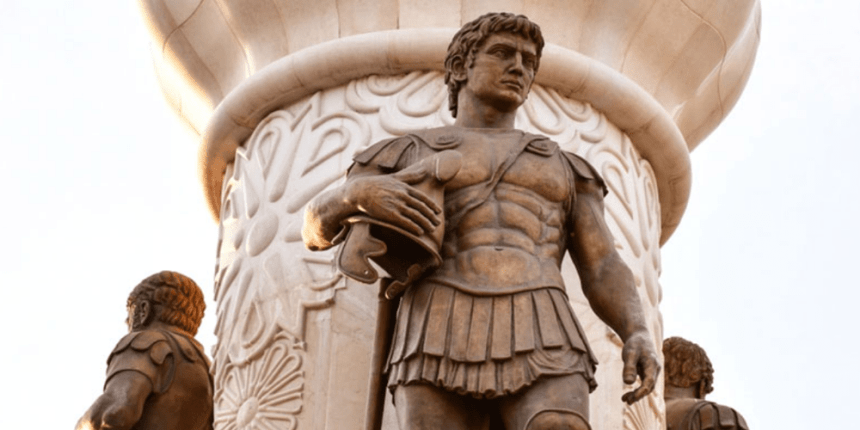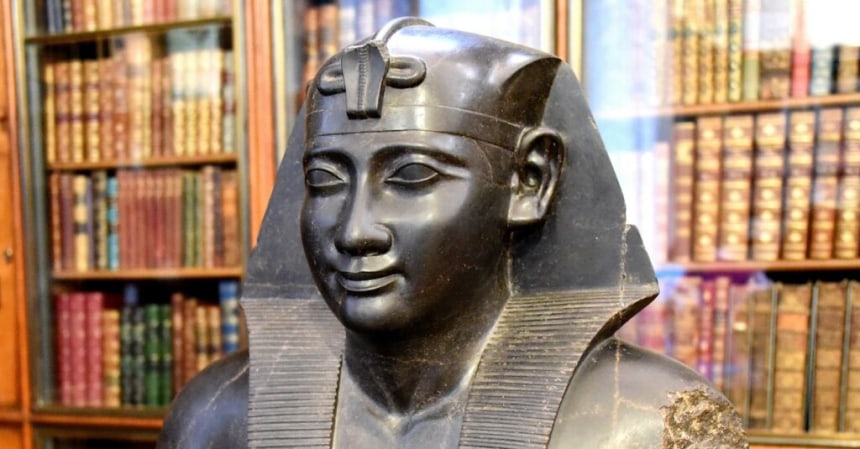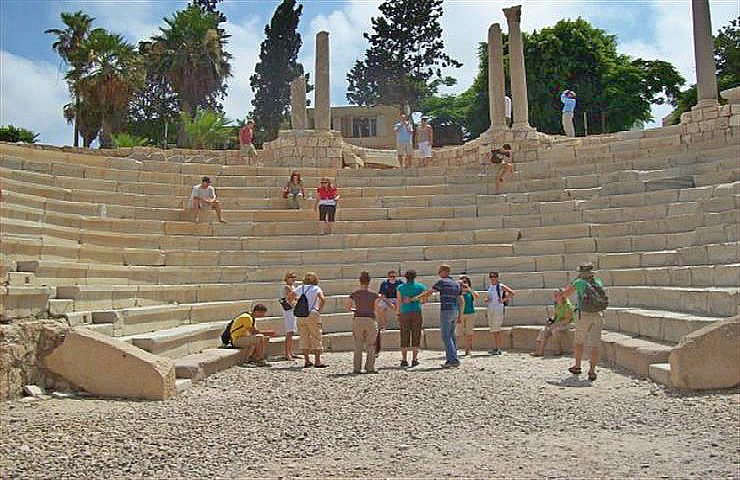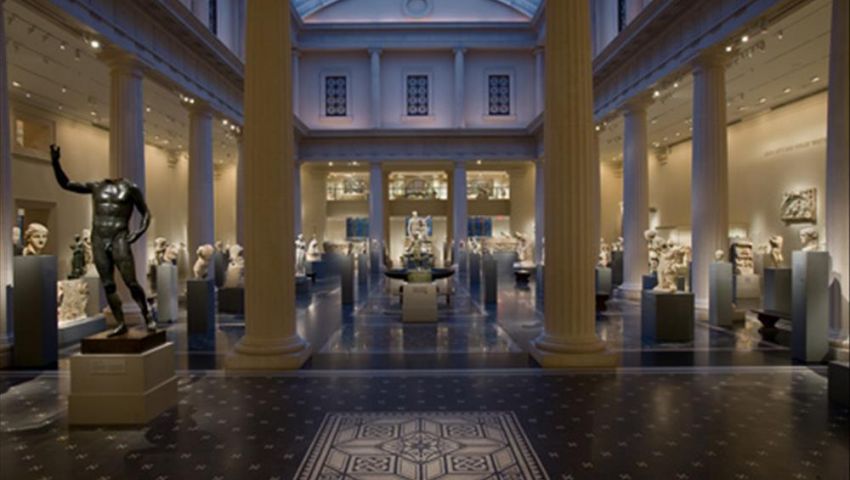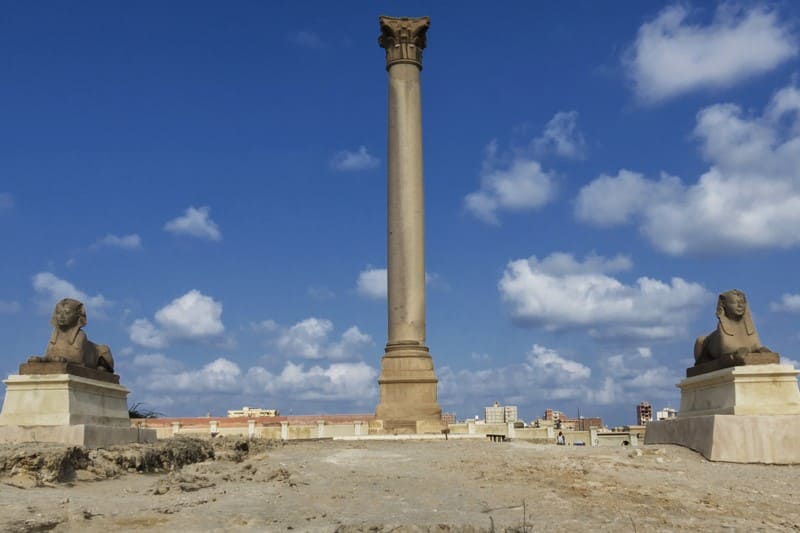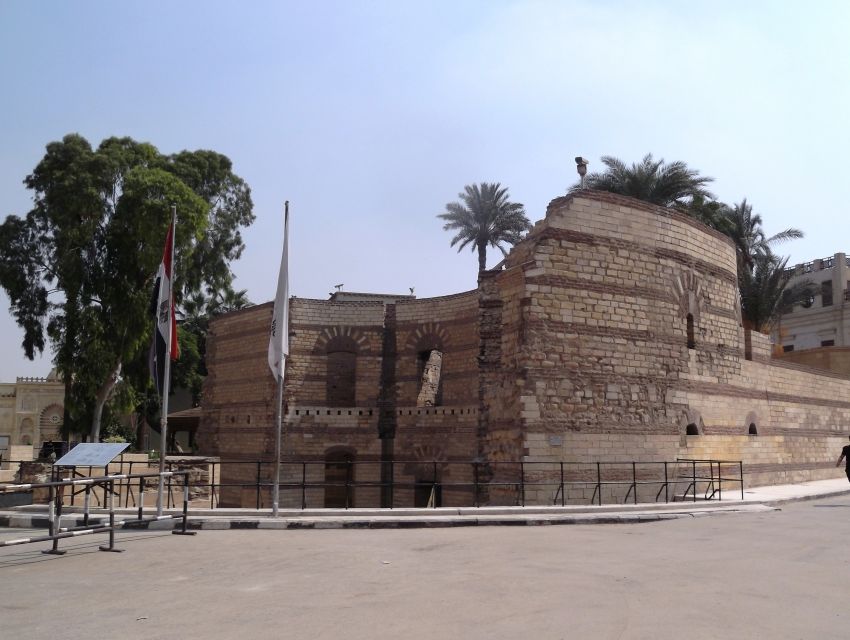
Greco-Roman period
Alexander the Great, with his incredible thirst for conquest, brought Egypt into the orbit of the Greek world. From this point on, a series of battles followed one after the other that led first to incorporating the Kingdom into the Roman state and then into the Byzantine one.
In 332 B.C., the king of Macedonia, Alexander the Great, set out to conquer Egypt. He was immediately regarded as a liberator of Persian oppression and, little by little, managed to reorganize the administration, abandoning the old political model altogether.
Alexander the Great also managed to maintain respect for the local religion and gods: he visited Menphy and the oracular sanctuary of the god Amon near the oasis of Siwa. In 331, he founded the new capital, Alexandria, one of the most beautiful and famous cities in the whole Kingdom of the Pharaohs.
Ptolemy I Soter
After the death of Alexander the Great, however, the empire was divided among its generals. Alexander’s closest associate, Ptolemy, was appointed satrap of Egypt and proclaimed himself sovereign until 305 BC. (Ptolemy is not his real name, but his name Soter)
This was the starting point for what historians call the Ptolemaic Dynasty, which reigned over Egypt for 300 years.
Where was the Greco-Roman Empire?
Centred on the Mediterranean Sea, the rhine and the north, east of Danube rivers, the Atlantic to the west and deserts to the south.
When was the Greco-Roman Period?
Classical antiquity, the classical era, classical period or classical age, is the period of cultural history between the 8th and 5th or 6th century AD.
Egypt of the Roman period
The decline of the Ptolemies occurred when another great power was approaching the shores of Africa: the Roman Empire. Around the first century BC, the Kingdom of Egypt was one of Rome’s most bitter enemies; its queen, Cleopatra, was one of the most dangerous and ruthless characters.
Cleopatra’s alliance with Mark Antony led to the idea that Egypt could become a new Mediterranean power… However, the Egyptian army, although numerous, was defeated at the Battle of Actium in 31 BC by Octavian, Emperor of Rome. Cleopatra, who fled home with 60 ships, killed herself, according to legend, getting bitten by an asp.
Egypt then became a Roman province, and the Ptolemaic dynasty completely disappeared.
Why were the Romans so interested in the Kingdom of Egypt? It seems that the strongest empire of all time was attracted by the grain supply for the Annona of Rome.
The Roman administration settled in Alexandria, and new officials were introduced, the rules of taxation were changed… Everything reminiscent of Ptolemaic politics was cancelled. Everything that had to do with language, culture, and education remained under Greek influence.
Egypt of the Greco-Roman period (The most important monuments)
During the Greco-Roman rule in Egypt, they constructed several temples and monuments that still exist today in Cairo, Aswan, Alexandria, Minya & More.
Many archaeological places date back to the Greco-Roman Era as following:
Agaysron Temple
Built by Cleopatra VII, it was named after Mark Antonyous. Two obliques were transferred from another temple having names of the Tohotmos III, Sitty I and Ramses II pharaohs.
The Greco-Roman Museum
The museum contains a historical treasure with a collection from the 3rd century BC until the 3rd century AD of the Roman and Ptolemaic Empires.
Pompey’s Pillar
The Pillar got its name when Romans moved it to serve as a container of Pompey’s head, who was murdered in 48 BC; it’s the tallest ancient monument of Alexandria.
Fort Babylon
The history of Fort Babylon dates back to Pharaonic times. This fort was built after the Persian occupation of Egypt. After the Coptic invasion, many churches and monasteries were built within the original construction until the 19 century. However, after the British conquest of Egypt, most monuments were demolished, with only towers and gates remaining.
Alexandria, the second-largest city and port in Egypt, was built by Alexander the Great. The city has monuments dating back to the Greco-Roman era.
The Greco-Roman period (332 BC -395 AD) marks the end of Persian rule over Egypt. The Persians (who came from what is now Iran) were defeated by the Greek conqueror, Alexander the Great, who occupied Egypt and founded a new capital city at Alexandria.


